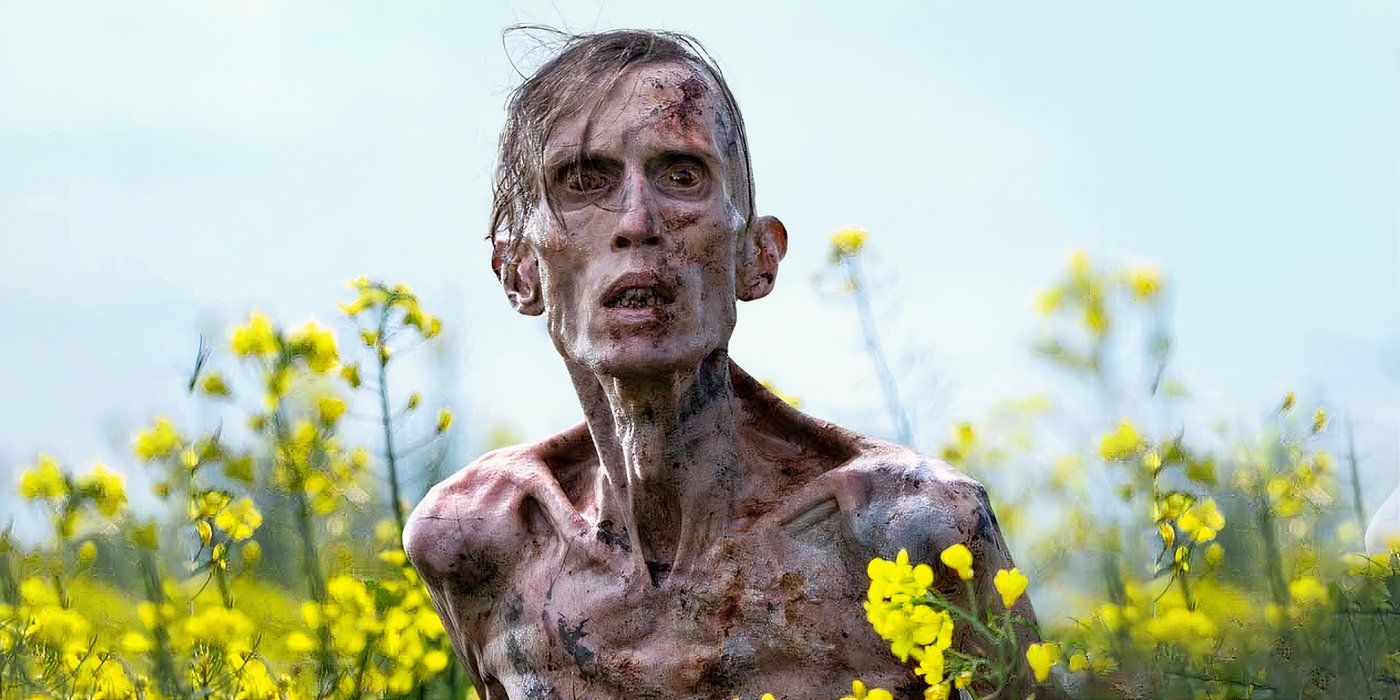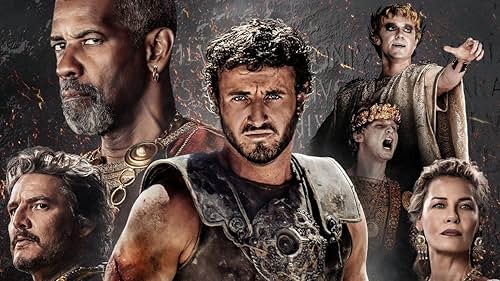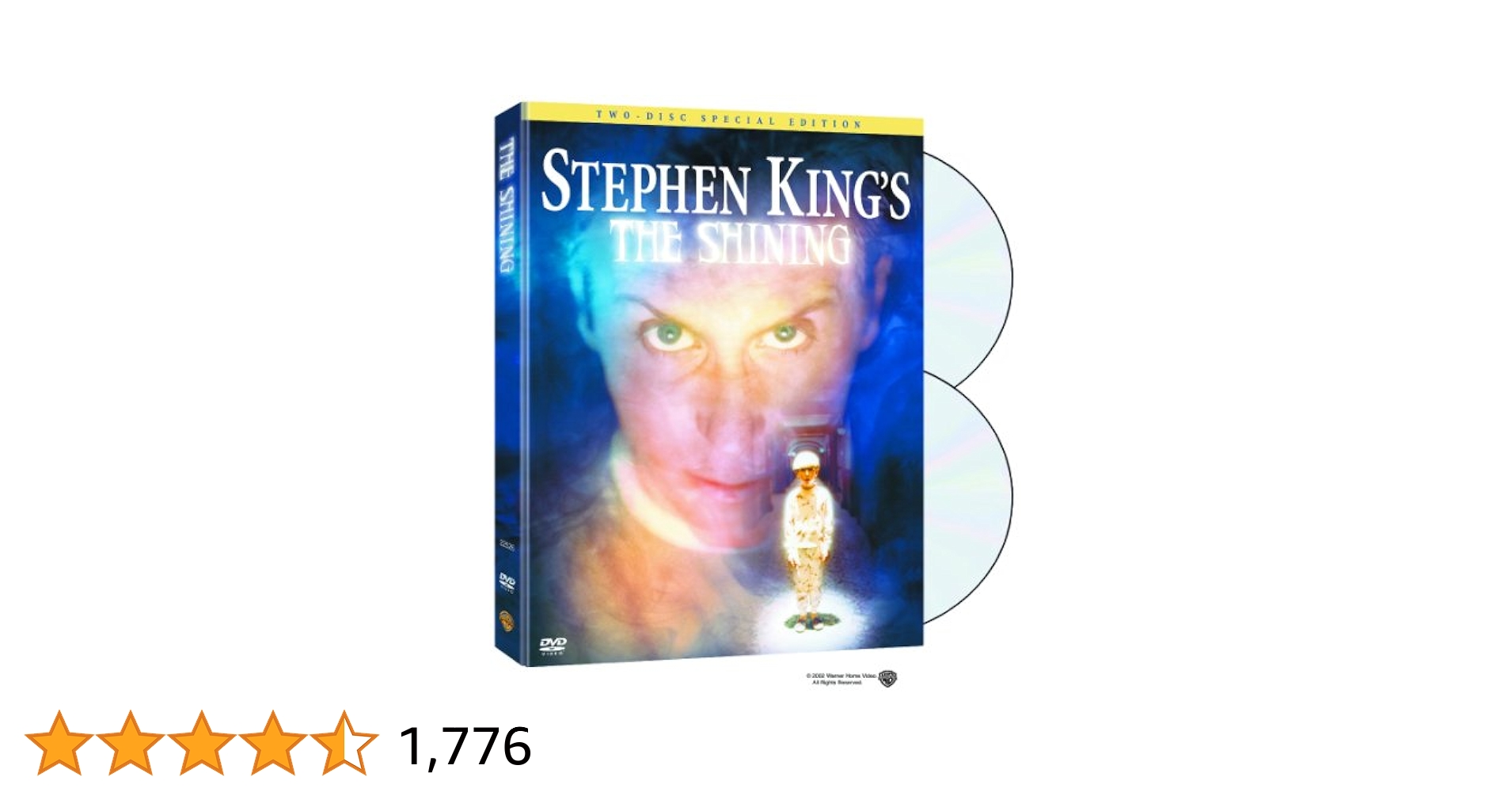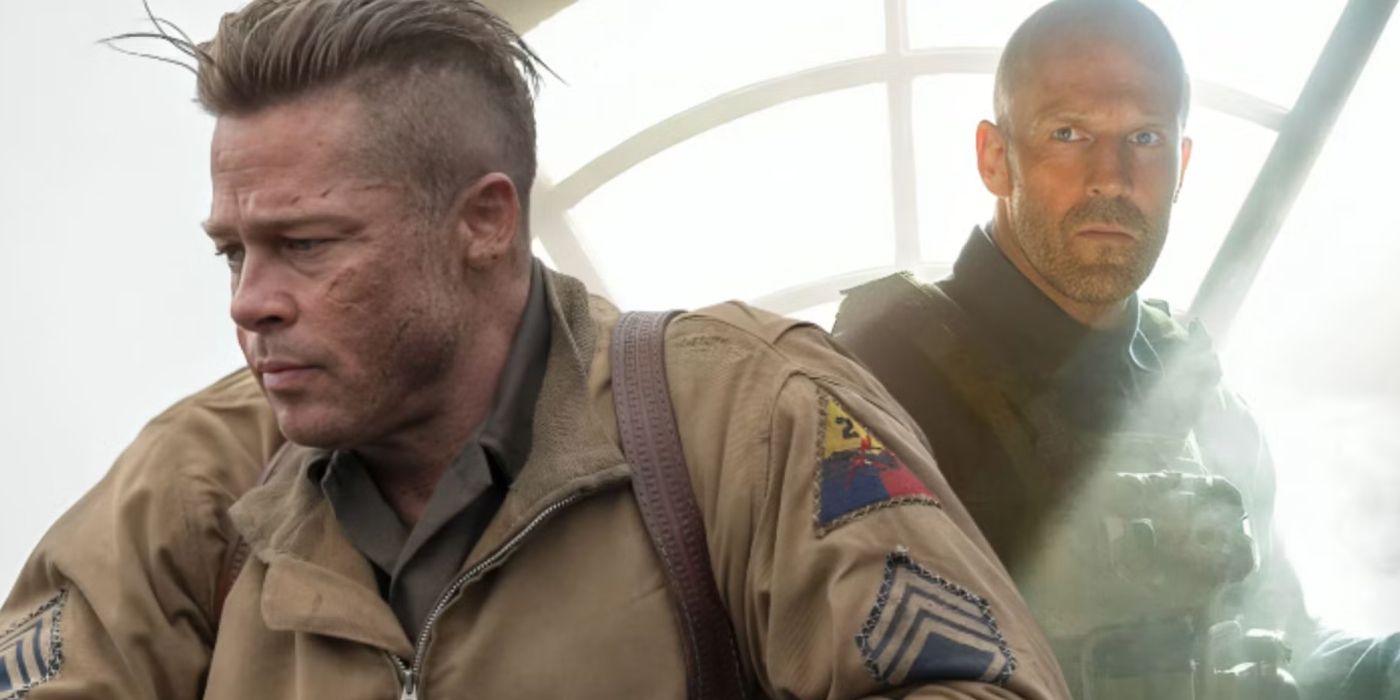Exploring the Distinctive Features of ’28 Years Later’
’28 Years Later’ stands as a distinctive entry in the realm of post-apocalyptic cinema, skillfully blending horror and social commentary. Unlike its predecessor, ’28 Days Later’, this sequel delves deeper into the long-term psychological effects of trauma and survival in a ravaged world. The film’s unique narrative structure, which interweaves personal stories with broader societal issues, offers a fresh perspective on the consequences of a pandemic. The character development is critical; we see how individuals cope differently with the remnants of civilization, a theme supported by psychological studies on trauma recovery. Furthermore, the film leverages cutting-edge visual techniques to bring a gritty realism to its depiction of a now unrecognizable landscape, enhancing the viewer’s emotional connection to the characters.
The Tides of Change: Industry Trends to Watch
As ’28 Years Later’ enters into film discussions, it’s essential to recognize its context within the genre’s evolving landscape. Recent trends in horror films show a rising interest in psychological depth and societal reflection, echoing public concerns about real-world crises. The success of films that balance horror with thematic substance signals a shift in audience expectations—viewers are looking for narratives that resonate beyond simple scares. Moreover, the film’s focus on character-driven storytelling amid a decay of society reflects a growing genre interest in exploring the human condition. It challenges creators to consider not just how their characters survive physically, but how they manage the emotional and ethical dilemmas they face.
A Glimpse into the Future of Post-Apocalyptic Narratives
Looking ahead, the narrative potential of ’28 Years Later’ hints at poignant questions about resilience and hope within chaos. As the film industry continues to grapple with global challenges, we can anticipate more stories that echo societal fears while exploring human resilience. The blend of horror and reflection seen in ’28 Years Later’ will likely inspire a wave of new projects keen on examining the psychological impacts of catastrophic events. Additionally, advancements in technology and storytelling techniques may lead to more immersive experiences, enhancing how audiences engage with complex themes of survival and community. As we move forward, filmmakers should be encouraged to not just narrate tales of survival but to foster deep emotional connections that resonate with the ongoing human experience.
Character Development and Storytelling in Zombie Films
When it comes to the world of cinema, zombie films offer a unique platform for exploring the depths of character development and storytelling. These movies, often set against apocalyptic backdrops, blend elements of horror, drama, and suspense to captivate audiences worldwide.
One of the key aspects that set zombie films apart is the intense focus on character evolution amidst chaos. As survivors navigate through post-apocalyptic landscapes teeming with the undead, their decisions, relationships, and inner turmoil are at the forefront of the narrative. This allows for profound exploration of humanity’s resilience, morality, and the complexities of survival.
The best zombie films not only deliver heart-pounding action sequences but also delve deep into the emotional and psychological facets of their characters. Viewers are taken on a rollercoaster of emotions as they witness protagonists transform in the face of adversity, showcasing the fragility and strength of the human spirit.
Furthermore, storytelling in zombie films serves as a powerful metaphor for real-world issues. Themes of societal collapse, isolation, and the fight for survival often mirror contemporary anxieties, making these films resonate on a profound level with audiences.
In conclusion, character development and storytelling in zombie films play a pivotal role in shaping the genre’s appeal and longevity. By infusing narratives with rich character arcs and poignant storytelling, these films offer more than just scares—they provide insights into the human condition and the enduring will to persevere in the face of unimaginable horrors.
Comparing ’28 Years Later’ to Its Predecessors
When comparing ’28 Years Later’ to its predecessors, it’s essential to delve into the elements that set it apart while acknowledging its roots. ’28 Years Later’ not only pays homage to the classic zombie apocalypse genre but also adds a fresh perspective with its fast-paced action and intense storytelling.
One key distinction lies in the cinematography and special effects, where advancements in technology have elevated the visual experience in ’28 Years Later’ compared to earlier films. Additionally, the character development and thematic depth in ’28 Years Later’ bring a modern complexity to the narrative, setting it apart as a standout in the genre.
While it’s crucial to highlight the enhancements and innovations in ’28 Years Later,’ one must also appreciate the groundwork laid by its predecessors. Understanding the evolution and influences of past zombie apocalypse films can provide valuable insights into how ’28 Years Later’ builds upon and diverges from established tropes.
The Impact of ’28 Years Later’ on Future Zombie Media
Breaking Down the Headlines
’28 Days Later,’ the iconic zombie film, made waves upon its release in 2002 for redefining the genre. Instead of slow-moving undead, the film introduced fast, rage-induced zombies, reshaping the way audiences viewed zombie narratives. The impact of ’28 Days Later’ on future zombie media continues to influence storytellers in the horror genre.
The Bigger Picture
With ’28 Days Later,’ director Danny Boyle shifted the focus from supernatural origins to scientific explanations for zombie outbreaks, a narrative shift that has persisted in many subsequent zombie films and series. The success of ’28 Days Later’ also demonstrated that audiences were receptive to faster, more intense zombie threats, setting a new standard for future zombie media.
What This Means Going Forward
’28 Days Later’ has set a precedent for innovation in zombie storytelling, inspiring creators to push boundaries in character development, social commentary, and storytelling techniques within the genre. Future zombie media is likely to continue exploring themes of societal collapse, survival instinct, and human resilience, all influenced by the impact of ’28 Days Later.’




